5 Hard To Swallow Pills For Better Game Positioning
push to talk #25 // on the most boring (and maybe most important) part of every game's marketing plan
EDITOR’S NOTE: There were a ton of fun responses to my essay about games marketing difficulty levels, so this week I figured I’d take a risk and talk about an aspect of games marketing that I’m still learning about: positioning.
I don’t actually have all of this figured out. So some experienced brand people are gonna read this and come away wanting to spam ping me like “???” and that’s cool. Hit me in the replies either way.
Consider yourself warned. Now on to the essay.
5 Hard To Swallow Pills For Better Game Positioning
The first time I saw a “positioning statement,” I had already been working in the marketing department for the world’s biggest game for a year.
Somebody with actual marketing credentials—I don’t remember who—was standing up at a white board and desperately trying to educate us goobers on the League of Legends marketing team about basic concepts like marketing funnels and audience personas.
See, for a long time the LoL marketing team was a real fly-by-the-seat-of-your-pants org where we’d just kinda do stuff if it seemed cool for players. This attitude resulted in a bunch of really cool stuff that made no financial sense, and also a bunch of less cool stuff that made no kind of sense, financial or otherwise. So in the mid 2010s there was a push at Riot Games to try to get us all thinking a little more strategically.
Around this time, everybody started walking around and talking about tactics and strategy. You’d hear it all day long in meetings, at the on-campus coffee shop, and around the water cooler (actually it was a fully stocked kitchen with infinite free soda and snacks, because the game we worked on made a billion dollars every year no matter what any of us did).
At some point I realized I didn’t have any idea what strategy actually meant, so I bought and devoured the book Strategy: A History by Sir Lawrence Freedman. Great book, btw. But I soon found that it barely connected to the way people on the Riot Games campus were using the word “strategy,” which in local nomenclature was something like an enticingly worded statement about what we’re doing that’s bold enough to earn stakeholder approval on whatever crazy idea the most dominant personality in the room wants to pursue.
So this “positioning statement” thing was just the latest foreign concept in what seemed like an impossible parade of foreign concepts that were actually just tools for getting stakeholder approval.
Back to that room.
The marketing lead wrote the following on the whiteboard:
League of Legends is [a specific type of game] for [a specific type of player] that gives them [a thing you can’t get anywhere else.]
We spent the next hour arguing over how to fill out those brackets. I don’t remember what we landed on, and it doesn’t matter, because I’m sure it was thrown out and forgotten almost as soon as we’d left the room—after all, how do you retroactively position a game that already has 100 million players?
Even after leaving that room, it took me months—more like years—to come to any sort of real understanding of what market positioning is.
Now, having worked on a bunch more games, and even launched one from scratch, I’ve come to see positioning as maybe the most important part of marketing. And there are two ways I’d define it. The first is the galaxy brain definition you get from books. The second is the definition as it actually applies to selling video games.
The Galaxy Brain Definition of Positioning
Positioning, wrote marketing gigabrains Al Ries and Jack Trout, is about communicating the advantages of a product, or a service, or even a political candidate. And since advantages are relative, any well-positioned product necessarily invites comparisons between itself (the new thing you’re offering) and the existing things that the prospect (weird 80s consultant jargon for “person you’re trying to sell stuff to”) can compare it to.
Because there is now so much information bombarding the average person, Ries and Trout said, the human mind “screens and rejects much of the information offered it. In general, the mind accepts only that which matches prior knowledge or experience… The mind has no room for what’s new and different unless it’s related to the old.”
Ries and Trout say that good positioning is “an organized system for finding windows in the mind.” In order to stick, a well-positioned product has to offer something so sharp and simple that it owns a space in the audience’s brain.
Take beer commercials, for example.
If you’re selling beer, you can’t just say “drink this beer, it’s really good.” You gotta pick a lane so people associate your specific beer with some positive quality that differentiates it from all the other beers.
You’re selling Miller Light? Only 96 calories.
Corona? Drinking it feels like you’re chillin’ on a beach.
Coors Light? It’s a really cold beer, and cold beer is good.
You got that? Great, now get a glass of water ready, because here’s the first hard-to-swallow pill—how positioning actually works in practice for video games.
1) Your New Thing? It’s Like This Other Thing
There’s a strong temptation to think of games positioning as simply the things you say about your game. The game’s title, its short description in web stores, maybe the tags you pick for it. Those are important, for sure.
But when gamers see a new game for the first time, they never use the language from the marketing materials. Instead, they almost always say something like this:
“Oh, it’s like Zelda combined with Skyrim.” (Breath of the Wild)
or, it’s a battle royale with Overwatch characters.” (Apex Legends)
or, tragically, “It’s like Fall Guys, but it works on my phone.” (Stumble Guys)
Remember what Al and Jack said? The new can only be understood in relation to the old. That’s why making a game that can be positioned into some sort of recognizable genre is so important—even if the game is actually a wild departure from its reference points, the relationship has to be there, or people can’t make sense of what they’re looking at when they see footage of your game.
This is what all genres are: a coagulated network of reference points that all sort of fit together. You can say extraction shooter and there are four or five specific games that will come to mind for people who are into extraction shooters. And in so doing you’ll have positioned your game in relation to those games and their mechanics specifically—and so prospective players will start to see and understand the way your game is similar or different (and better or worse) than those reference points.
One way to screw this up is if you’ve positioned yourself super closely to some specific game or genre and there is no new and exciting twist you’re offering. At best, you’re offering “more of that other game you like.” But if they already bought that other game, why would they pay money for yours?
Another way to screw it up is to be meaningfully worse than the reference points along any important dimension: whether that’s how it looks, how it plays, whatever. These things are positioning too.
Okay, so now we know what positioning is. These pills are so easy to swallow! you’re thinking to yourself.
Well buckle in, because here comes the bad news. You can’t just, like, tell people what your game is, and what it’s similar to, and the ways it’s different. I mean, you could. But that doesn’t mean anyone will buy it. There are still plenty of other considerations.
For instance…
2) Every Genre Has Its limits
Pixel art RPGs are a limited genre. They don’t sell very well.
It does not matter how you position your pixel art RPG. It, frankly, doesn’t matter how well it’s made. If you make one of these games, you will most likely sell very few copies, and even if you make an amazing one, you are still essentially guaranteed to sell fewer than 500,000 copies on Steam, which is almost certainly your biggest platform. Selling a million copies of a retro pixel art RPG on Steam is almost impossible. That’s because retro pixel art RPGs are a genre with a limited audience.
Don’t believe me? Let’s look at three of the biggest pixel art RPGs to come out in the last decade, Sea of Stars (a critical darling indie hit that got so much promotion from platform-holders like Nintendo), STAR OCEAN THE SECOND STORY R (a game with such lavishly animated environments it barely qualifies at pixel art, and which has 95% positive reviews), and Octopath Traveler II (a Square-Enix published darling that some have called one of the best JRPGs ever)
According to the GameDiscoverCo Plus tool—which I’ve found to be a consistently reliable way to estimate sales figures, here’s how those three games sold on Steam:
Sea of Stars - 248,200 copies sold1
STAR OCEAN THE SECOND STORY R - 94,100 copies sold
Octopath Traveler II - 318,000 copies sold
Again, these are not the sales figures random indie devs could expect for a decent pixel art RPG. These are the absolute best products in the genre.
These aren’t terrible sales figures, but the main reason these stats are such bad news for the pixel art RPG genre is that selling a million copies of a game in other genres is not rare on Steam. Something like ~900 Steam games have sold over a million copies. If you were to just average that out across the 21-year existence of the platform, that’s a new million-selling title every eight-and-a-half days. Only two of those were pixel art RPGS: To the Moon (2011) and Undertale (2015). Every distribution curve has its outliers, and those are the two far-flung outliers for pixel art RPGs.
Other genres have much higher ceilings. Two weeks ago an FPS game made by two teenagers called Bodycam came out. Its estimated sales so far: 459,500. That’s like 45% more units sold than “one of the best JRPGs ever made” in only two weeks.
Here’s the takeaway: Game genre is positioning, and if you are making something in a niche genre like pixel art RPGs, you are positioning yourself right into the kiddie pool, in terms of the sales figures you can expect to get.
3) Game Design Choices Are Positioning Choices
Marvel’s Midnight Suns is one of the best, most interesting turn-based tactics games of the last decade. That should come as no surprise, given that it was led by XCOM franchise director Jake Solomon and his team at Firaxis. It’s hard to think of a stronger pedigree for a tactics game than that.
And yet, when Midnight Suns was first revealed, it had a major perception problem. Players were extremely skeptical of the game’s use of card-based mechanics.

In interviews and talks that came after the launch of Marvel’s Midnight Suns, the game’s developers have offered compelling, well-thought-out reasons for using the card-based system. XCOM style tactics games have always featured some degree of randomness (mostly “percent chance to hit” modifiers) to make combat outcomes less predictable, and within the context of a game about superheroes, it wouldn’t make sense to have those heroes regularly missing their attacks. So the devs shuffled that randomness into a card-based system instead.
Pretty cool! Unless you’re a PC gamer who associates card games with microtransaction-heavy mobile games. Al Ries and Jack Trout would have seen this coming from a mile away.
Players naturally understood the card mechanics in Marvel’s Midnight Suns in relation to other card games they’d seen: namely Hearthstone. A better comparison would have probably been a deckbuilder like Slay the Spire, but that’s not a game you could expect everyone in the audience to be familiar with.
And so, while we don’t know whether MMS ultimately sold well enough to cover its costs, it almost certainly sold far less than XCOM 2, its most immediately comparable title. Players and press have debated why this might be, but many have honed in on the cards system.

“Bad marketing I guess,” speculates the Redditor above. But personally, as you might guess, I think this is specifically a positioning thing. And it illustrates an interesting aspect of positioning, which is that it’s not just about what you say about your game. It’s everything you show, too—whether that’s your art style, a weird game mechanic, or even just random UX elements. Game design choices are positioning choices.
For example: if your game has a MOBA style isometric camera angle, and MOBA style health bars, and MOBA style character kits… it doesn’t matter what you say your game is. People are going to look at it and think: that’s a MOBA. And that can be tough, because a lot of people hate MOBAs.2
The good news is, when marketing a game, you don’t have to put the focus on elements that might position you into a corner.
4) Players Will Forgive You For Selling the Fantasy
I’m always fascinated by the ways games present themselves with trailers and screenshots. What parts of their games do they intentionally leave out of the marketing materials? And what does that reveal about their deepest fears about how their game will be perceived by players?
With those questions in mind, I have long thought that Baldur's Gate 3 has some of the most fascinating promo material I’ve ever seen for a game.
Keep in mind: this is one of the most successful, beloved games of the last decade. It won most of the big Game of the Year awards last year (beat out only by Spider-Man 2 in some cases). People LOVE Baldur’s Gate 3. And yet all of the game’s marketing materials are, fundamentally, trying to convince people that BG3 is a purely cinematic experience. To the extent that its game loop is ever shown, they position it as basically a better-looking version of The Witcher 3: Wild Hunt.
Just look at the screenshots on the BG3 Steam page, alternating with screenshots from The Witcher 3’s Steam page:
They all kinda look like they could be the same game, right? Which is weird, because when you’re playing Baldur’s Gate 3, most of the time it looks like this:
The actual game features a super zoomed-out camera angle and a lot of buttons on its task bar. In other words, it looks a lot like the previous game from Larian Studios, Divinity: Original Sin 2.
I mean, it’s not exactly the same. But it’s pretty close! And that’s because neither BG3 or D:OS2 are like The Witcher 3. They aren’t action RPGs. They’re turn-based CRPGS—in theory a much more niche genre, though you wouldn’t know it from the sales of those two games.
When the BG3 marketing materials do show the game’s actual UX, they tend to present it from a super zoomed-in cinematic view that nobody who actually plays the game would use.
It’s not that the Baldur’s Gate 3 marketing materials are lying. All those screenshots are real. And when you get into conversations with NPCs in game (which happens a lot!) the game really does look like the screenshots if you’re playing on max settings.
But these screenshots are also highly curated to give a particular impression of the game that happens to leave out… well… what the game actually looks like most of the time you’re playing it.
I think the basic reasoning for this is that the Larian Studios marketing team is incredibly smart. They understand that you don’t have to literally show exactly what playing the game is like in the marketing materials. You can instead show the game in its best, most appealing moments. You can sell the fantasy that the game conveys—instead of merely its moment-to-moment gameplay.
And players will forgive you for doing this. Actually, they mostly won’t even notice that you did it.
This is next-level positioning: making sure that all of your marketing materials show the game as players imagine it to be in its highest, most transcendent moments, instead of trying to convince people to give a chance to a game genre they might not have the right comparisons for.
5) Words Don’t Matter if the Game’s a Banger
Above is the first ever trailer for Fall Guys. It’s one of my favorite game trailers ever, in part because it has no copywriting or on-screen text aside from the “Fall Guys Remaining” countdown display that ticks down throughout the trailer.
It’s not gameplay footage, but it’s actually quite close to the final product. It sells the fantasy of the game in a brilliant, candy-colored, visual way that anybody could understand, even though none of the mechanics are explained.
In the years since the release of Fall Guys, I’ve enjoyed seeing the way the Mediatonic team has tried to describe the game with copywriting.
On the game’s Epic Games Store page, they call it a “free, cross-platform massively multiplayer party royale game,” which I really like. “Party royale” is made up nonsense, but it feels perfect for this game.
In some gameplay trailers, the Mediatonic team uses more specific language:
The only copy in this one is:
DRESS UP YOUR FALL GUY
BATTLE DOZENS OF ONLINE COMPETITORS
SURVIVE CHAOTIC CHALLENGES
STUMBLE TOWARDS GREATNESS
VICTORY
But none of these are saying anything that isn’t immediately obvious from the footage. The game sells itself.
And this is the interesting point for a game that’s as original as Fall Guys—it almost doesn’t matter what you say about it or how you try to position it.
You can make up goofy genre names all you want, but so long as you accurately depict the game’s moment-to-moment vibe, people are going to get it.
That is, at least, it works if the game’s an absolute banger.
Like your next game. Right?
That’s it for this week. I’m gonna go make a bodycam horror survival crafting MMO and instantly sell 10 million copies on Steam.
See you next Friday.
The Sea of Stars dev team says the game has been played by 5 million people in total, but doesn’t differentiate between copies sold and players who’ve tried it for free on PC or Xbox Game Pass. I hope it has sold over a million copies across all the platforms where it’s available, because it’s a genuinely lovely game.
There was this comment on a YouTube video about Omega Strikers that’s been haunting me for a couple of months, which basically identified a huge problem with how we positioned OS. It said: “They managed to get the ‘basement dweller moba’ and ‘pure casual mobile’ stigmas at the same time. That's kinda impressive.” They boomed me, man!




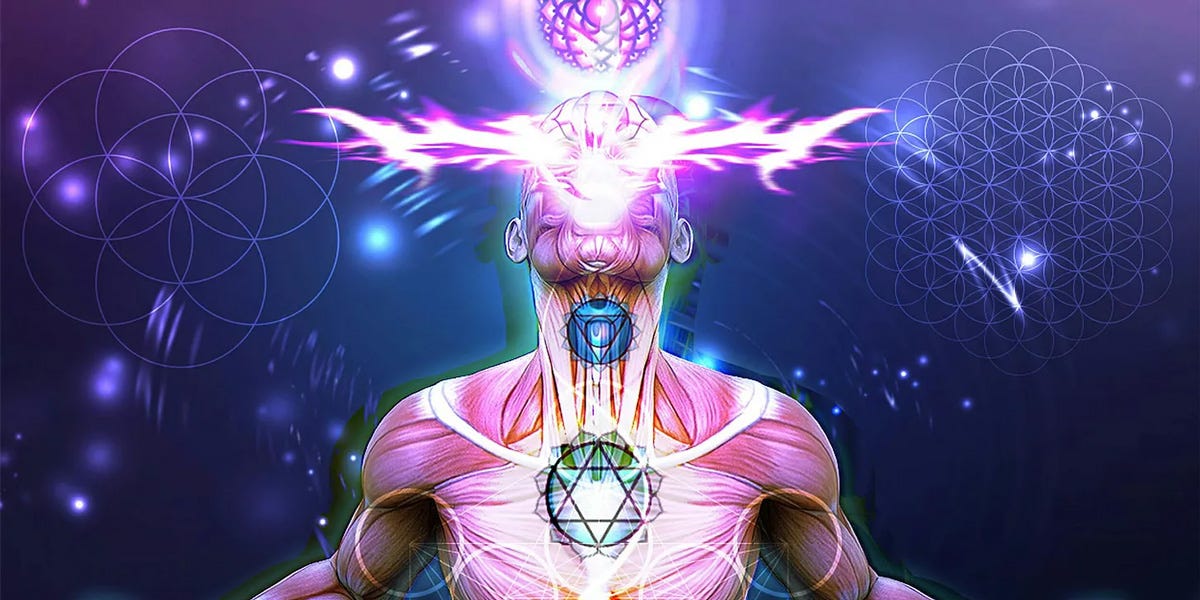


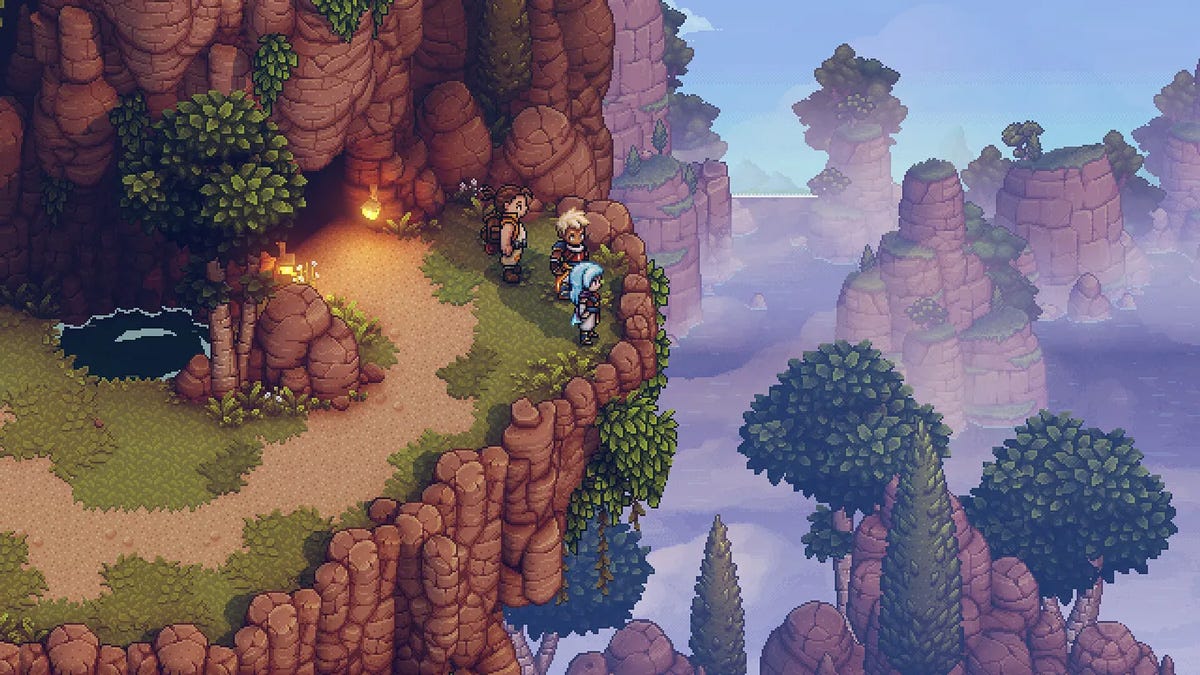

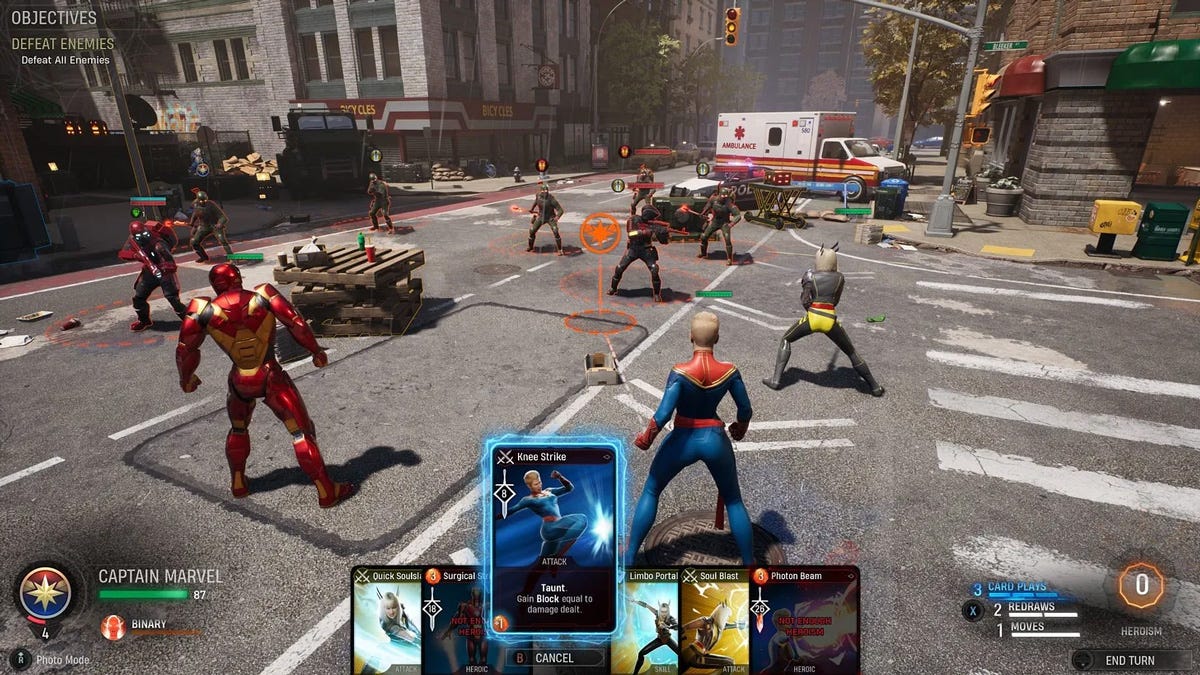
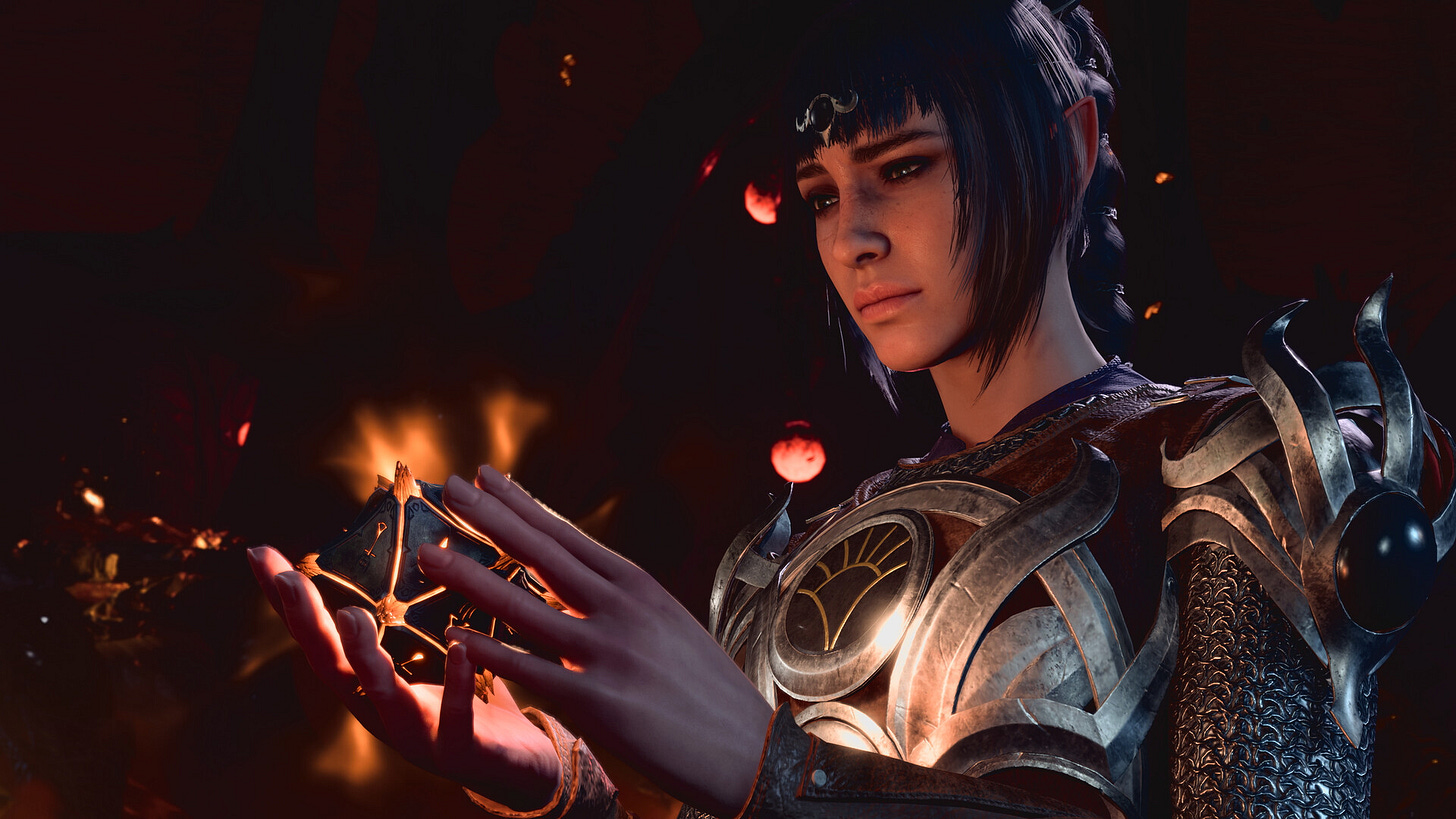
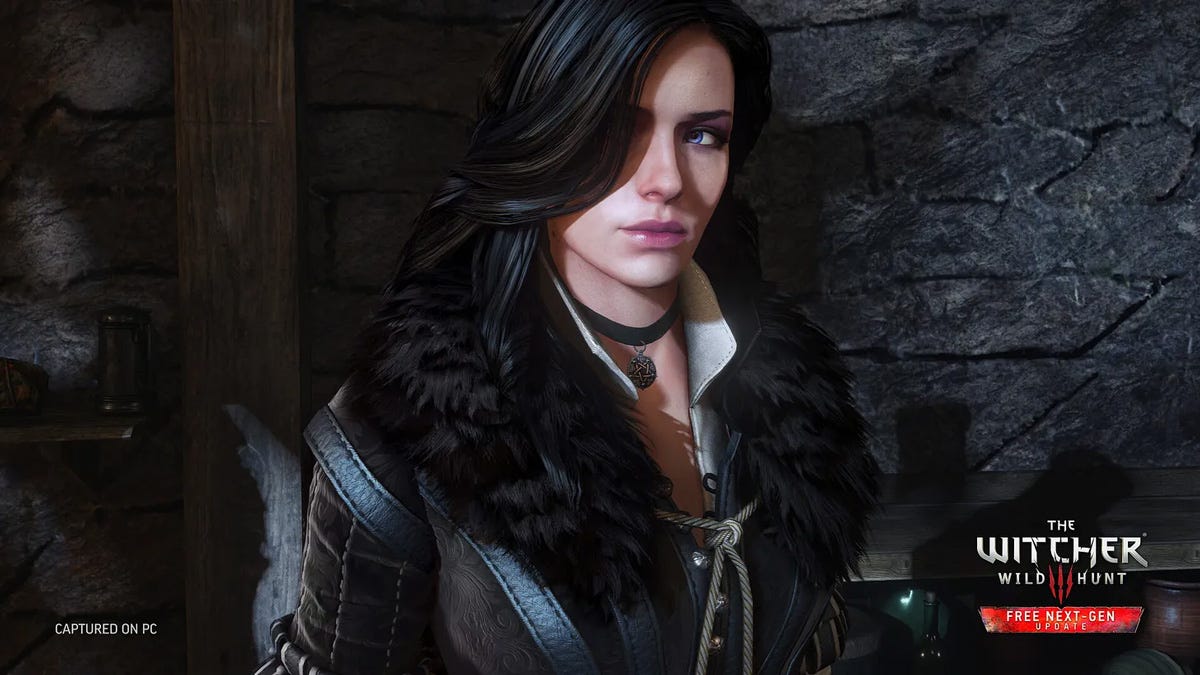
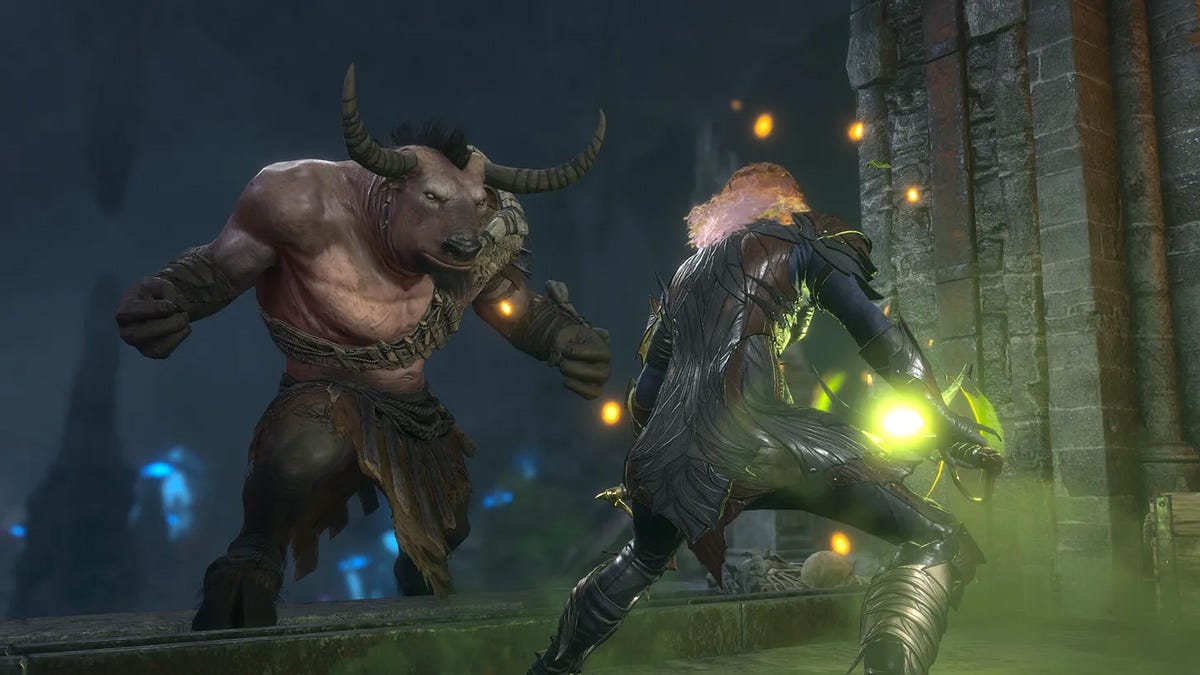



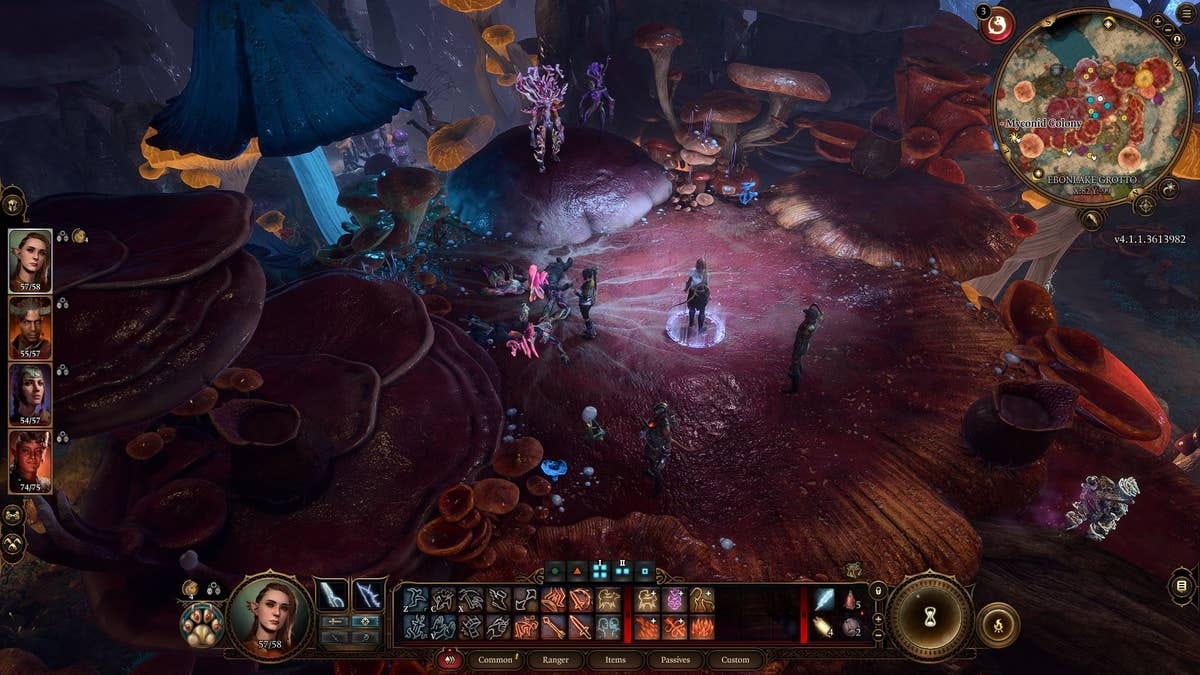



Excellent read!
Great read. And damn, that Omega Strikers comment...